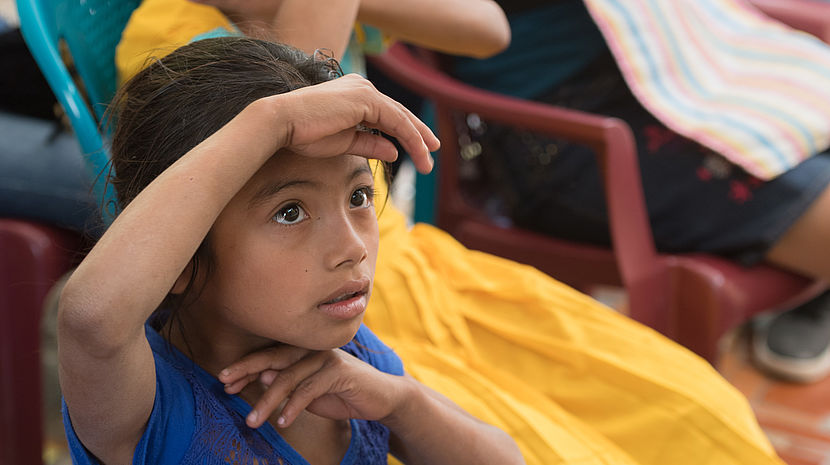International Ear & Hearing Care Day 2015

The International Ear and Hearing Care Day is celebrated annually on 3 March. The aim of this Day is to raise the awareness of the general public about hearing loss and ear diseases, and offer various possibilities for prevention through appropriate ear care.
Theme for the International Ear and Hearing Care Day 2015
This year, the theme chosen by the World Health Organization (WHO) for the celebration of the International Ear Care Day is “Make listening safe”. This initiative, promoted and supported by organisations like CBM, aims to address the lack of awareness regarding the possibilities for prevention of hearing loss induced by exposure to excessive noise, through the changing of lifestyle and the adoption of simple ear care measures.
How does CBM help make listening safe?
In response to the 2014 Gaza crisis, CBM along with our partner- Atfaluna Society for Deaf Children (ASDC) launched a programme called ‘Early Psycho-social Intervention for at Risk Deaf Children and their Families in the Gaza Strip’. This image shows children taking part in the 'Open day' activities in Cooperation with the Cannan Institute.
CBM contributes to making listening safe through the following steps:
1. Raising awareness at all levels regarding exposure to excessive noise being a major avoidable cause of permanent hearing loss worldwide.
2. Collaborating with advocacy activities for the promotion of:
- Use of noise-free incubators, or noise reduction measures at newborn care units
- Safe household and school environment for children (free of excessive noise)
- Reduction of environmental noise (law implementation and/or enforcement)
- Informed and rational exposure to recreational noise
- Safe environment at work through occupational health guidelines and policies
- Production of safe and affordable hearing devices and other sound instruments.
3. Encouraging a Public Health approach, including:
- Universal screening programmes for early detection of hearing loss
- Early intervention and education programmes
- Counselling and support services for persons exposed to excessive noise
- Adequate and affordable ear and hearing health services.
Early detection of hearing loss: overcoming challenges in resource-poor settings
Dr Diego Santana-Hernández, CBM Senior Advisor for Ear and Hearing Care and Coordinator of the EHC Advisory Working Group is also the Chair of the Editorial Committee for the Community Ear and Hearing Health Journal. Read his article on 'Early detection of hearing loss: overcoming challenges in resource-poor settings'.